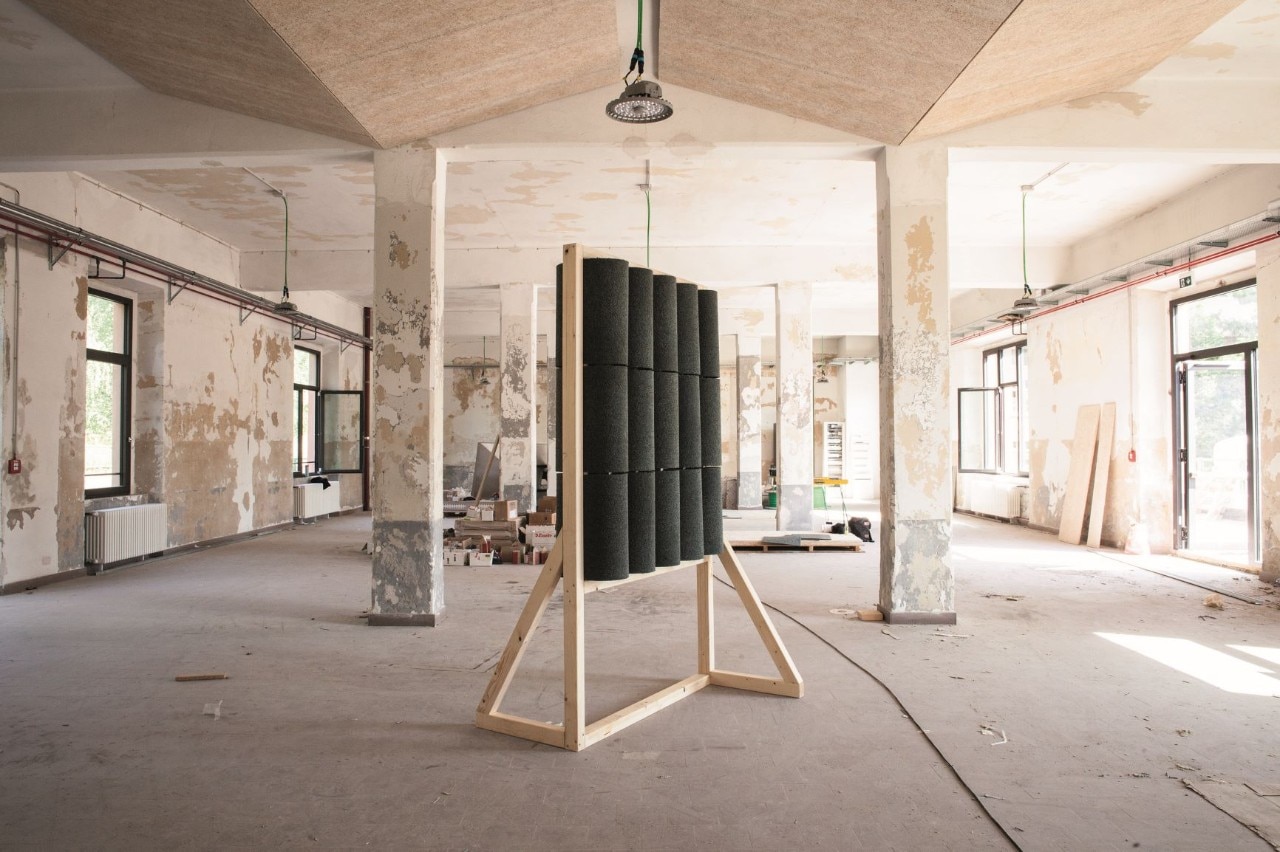In an increasingly uncertain and indefinite time for design, progress might be brought about by certain experiences. Climate change, economic collapse and technological transformations are just some of the factors that play an important role in determining a physical, cultural and social scenario in continuous and radical movement. Since 2011, Studio GISTO has been carrying out extensive research that sees the design world as a way to facilitate the re-use of building components and to activate more inclusive economic processes by focusing on practices that combine architecture, craftsmanship and design. Space, energy and territory are the fundamental elements of this research, which is fully aware of the need for a profound rethinking of the economic, cultural and therefore social dynamics connected to design. Multiplo: transformation in design is an emblematic project in this sense.
This project involves the creation of a new social activation hub within a former military base. The Druso barracks in Lisandro (BZ), a small border town in Val Venosta, consist of 4 large blocks within an area of about 45,000 square meters. Three of these blocks are waiting to be demolished and one is destined to become the BASIS Vinschgau Venosta headquarters, a structure devoted to sociality and in particular to innovative welfare practices. Multiplo is focusing on this process of transformation and demolition. By carefully recovering the value of existing materials, Alessandro Mason and Matteo Giustozzi of GISTO have started an open process involving the recycling of all the elements available in the buildings, such as ventilation fixtures, air duct covers and kitchen hoods.
These materials, which were originally used in a structure that was designed to host about 3,000 soldiers, are now being turned into tables, partitions and shelves. The recovery and transformation of these materials was the starting point for a broader involvement of the local community, interested above all in participating in a project aimed at reducing the environmental impact of such a huge building. Thanks to the almost non-existent economic value of the inert materials, Gisto has found the perfect opportunity to develop a collaboration, involving local craftsmen, cooperatives, associations, companies and professional schools capable of creating a modular and open system of reuse and re-functionalization of passive elements.
Local know-how and experience are being used to build new values - not only economic. This is how the importance of the role of the designer is not reduced to the more or less successful outcome of the final result, but moves in multiple directions that cover several areas of action, from the strategic one to the political one to that of the editor. This kind of resilient activism adapts to environmental conditions and makes it possible to strengthen the social sense of the profession. As Silvia Franceschini appropriately pointed out in the book that accompanies the presentation of the project: “The different prototypes produced through the reconversion of existing elements not only prevent us from forgetting important features, but also suggest new design strategies that see space not as a fixed and measurable entity but as a set of processes in continuous evolution”.
The active participation approach developed by Mason and Giustozzi helps to create a local ecosystem, thus positively affecting the atmosphere and character of the place. It is a chance for local and central government to experiment with design practices that are capable of establishing a social infrastructure that allows the community to grow, and is also the key to understanding whether the project is successful or not. This is how a project can allow the community to continue to transform their own environment together. It is important to observe and understand the potential of these projects, such as the one of studio GISTO, especially in those urban contexts where building heritage is at risk.

















